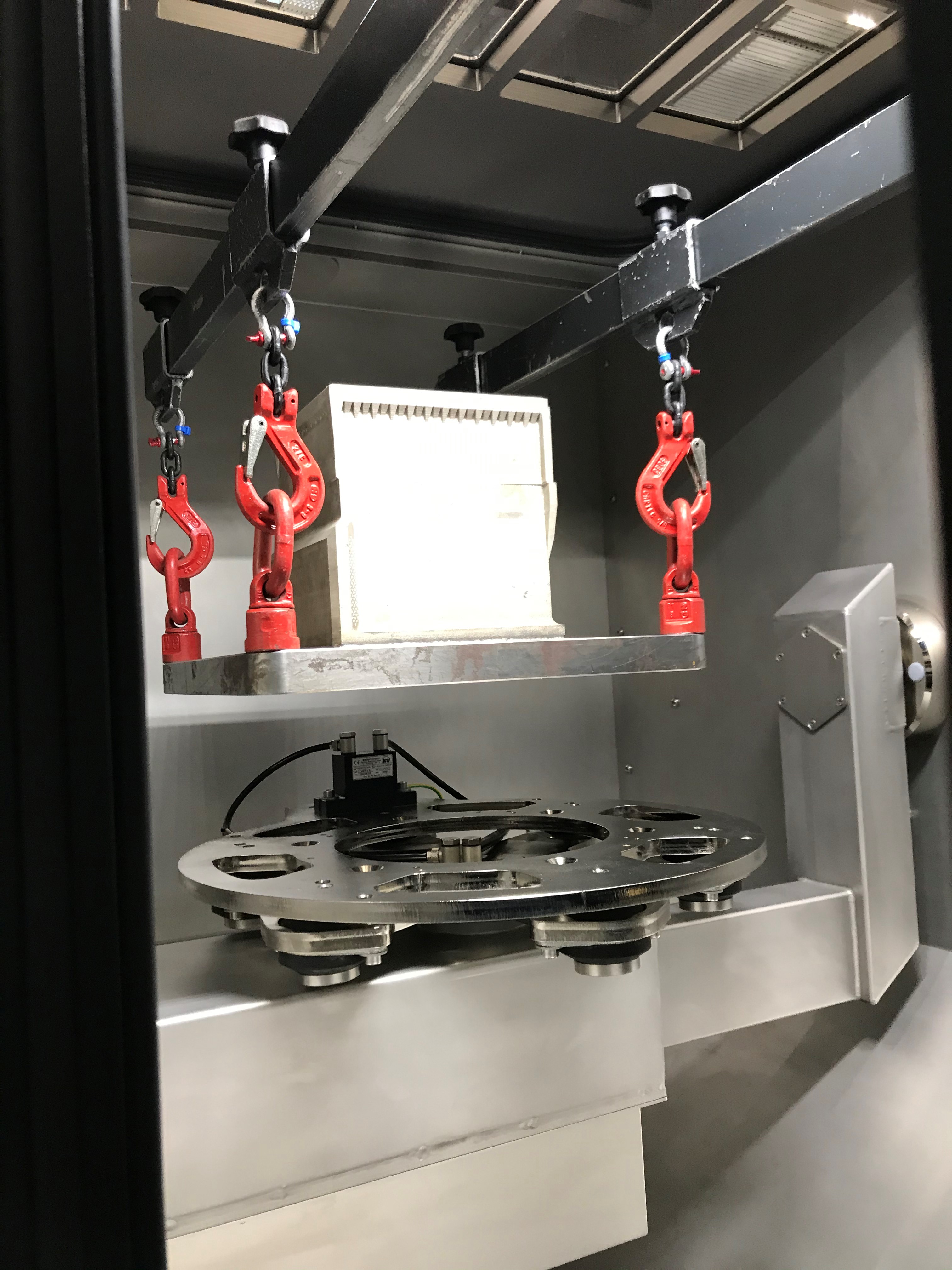
Meggitt PLC is a leading international company specialising in high performance components and subsystems for the aerospace, defence and selected energy markets. They consistently deliver solutions for the most challenging environments and customers worldwide rely on their advanced technologies, products and services. Meggitt has 9,000+ employees in 14 countries across 4 continents. Working closely with their customers, Meggitt delivers technologically differentiated systems and products with high certification requirements in product categories which range from advanced composites, avionics and aircraft braking systems to defence systems, condition monitoring, electrical systems and fire protection and control.
Meggitt also has a great deal of experience and competence in the additive manufacturing space and has recently invested in HiETA Technologies Ltd, a UK company with world-leading capabilities in metal additive manufacturing.
The key challenge Meggitt set for this project was to validate the effectiveness and efficiency of powder removal cycles from AlSi10Mg heat exchanger geometries using the Solukon SFM-AT800S. The test piece they chose was an exceptional challenge as the 70Kg cubic heat exchanger had internal channels <1mm in diameter.
Meggitt conducted the project within the NCAM facility with both Meggitt and MTC engineers working closely together. The heat exchanger geometries included small passages (~1mm) where cleanliness of better than NAS1638 Class 4 (no particles >100µm) was desired to mitigate the risk of in-service particle release. The scope of this project was to develop a drainage methodology through a series of drainage experiments to allow engineers and technicians to de-powder other aluminium alloy heat exchanger geometries potentially to a similar degree of cleanliness achieved during the drainage experiments conducted in this project.
The drainage methodology they pursued involved a two-stage approach; bulk de-powdering followed by a finesse de-powdering, i.e. removal of residual powder after bulk de-powdering.
Not surprisingly given the nature of powder handling, health & safety featured heavily in this project and must be observed in the full production environment too. Not only is individual PPE essential but also the education of operators on how to handle aluminium powder which is combustible and is classified as an ST3 dust. It is flammable and mixtures of aluminium powder and air are potentially ignitable if exposed to a static discharge. In the event of a small fire, only class D fire extinguishers are to be used.
The drainage experimental data suggests that up to 99% of internal powder can be removed from a given internal powder mass but could not be completely removed. The project demonstrated the Solukon suitable for “bulk” powder removal but was not able to remove all internal powder. Further work is required to remove the remaining 1% of AlSi10Mg powder this could include using increased vibration pressures or retro-fitting a Solukon knocking device to the machine.
"Hands-on use of the NCAM facility, equipment and first-class training programmes through DRAMA has provided the corner stone for our young engineers to launch their careers in Metal AM. We intend to use the NCAM as our test bed for AM equipment prove-out along with the AMTC as our preferred source of AM training."
Cameron Ross, Engineering Director; Group Advanced Manufacturing, Meggitt PLC

Heat exchanger being loaded & undergoing testing on the Solukon machine